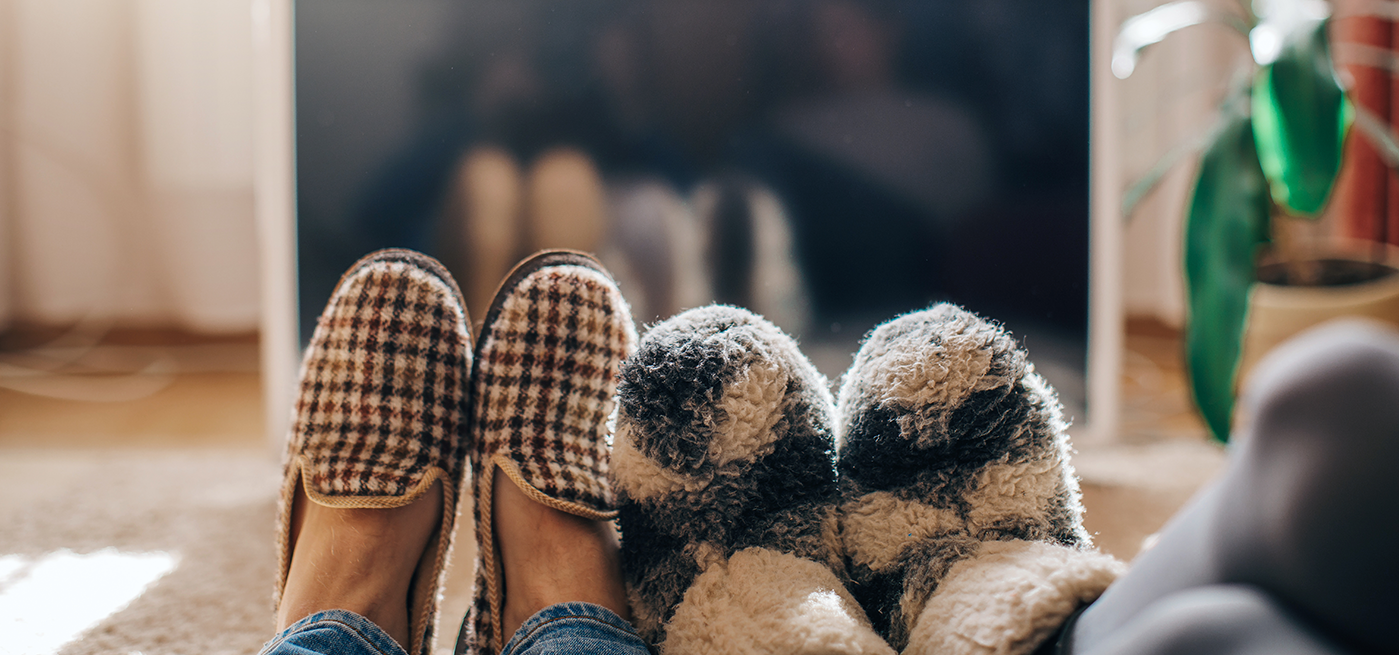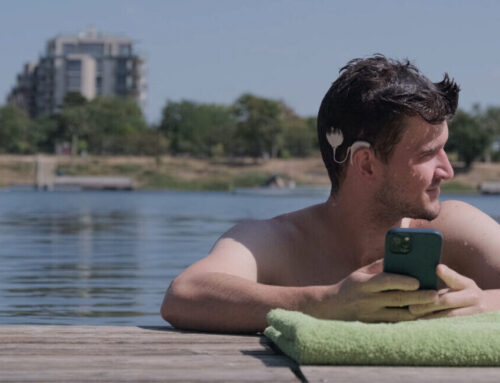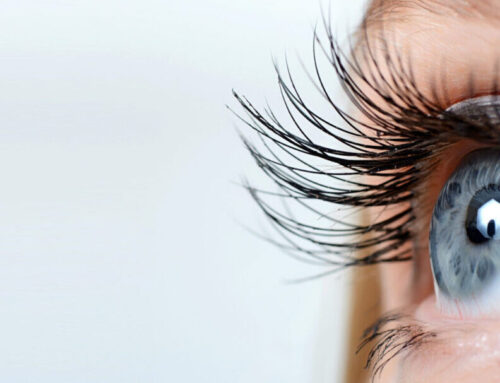The audio processors SONNET and SONNET 2 for cochlear implants are now compatible with Smart TV, including Amazon Fire TV!
The latest Bluetooth technology now allows consumer electronics to send sounds directly to hearing aids and cochlear implant audio processors.

Based on Bluetooth Low Energy and the ASHA Audio Streaming for Hearing Aids protocol, devices running the Android operating system can feed directly into compatible audio processors and hearing aids, including via AudioStream into the SONNET or SONNET 2. When it comes to smartphones, Google was the first to offer compatible devices with Pixel Phone. On the consumer electronics side, the smart TV pioneer is now Amazon with its Fire TV.
Cell phone manufacturers were familiar beforehand with the challenges faced by hearing-impaired users: numerous smartphones offered and still offer induction for T-mode in hearing instruments as an alternative output signal to the conventional audio signal and now to Bluetooth. In 2009, a low-energy standard Bluetooth LE was introduced for the first time with Bluetooth version 4.0, which was further improved in version 4.2. The new Bluetooth LE technology and the ASHA protocol based on it, or the Apple version MFi, were also implemented promptly in the new generation of cell phones.
The high energy requirements for transmissions in the conventional Bluetooth standard had originally prevented the direct use of Bluetooth for hearing aids and audio processors: At the time, add-on devices such as AudioLink allowed Bluetooth connection with the phone in one direction and the likewise wireless near-field connection to the hearing system in the other direction. Enjoying music was accomplished with a dedicated application on the cell phone. BLE in combination with the ASHA protocol makes it possible to use CI processors and other hearing instruments as fully-fledged Bluetooth receivers even for consumer electronics that implement the new standard.
Smart TV & Cochlear Implants
Television has not been tied to terrestrial broadcasting by the Austrian Broadcasting Corporation (ORF) or to cable TV providers for a long time. TV is also transmitted via the Internet. Smart TVs use LAN or WLAN connections to the Internet instead of - or as a supplement to - an antenna. This allows TV broadcasts to be received and stored content to be made available, such as that from the ORF TVthek. Movies from Prime Video, YouTube, Netflix, maxdome etc. can also be watched via various web applications. In addition to TV and video, smart TVs also allow users to surf the Internet, listen to music or the radio, or turn the TV into a game console.
There is now a large number of such smart TVs on the market, and one popular provider is Amazon with its Fire TV. The smart function can be integrated into a complete TV or, like the Fire TV Cube or Fire TV Stick, plugged into the HDMI input of a conventional TV as an add-on device. The first consumer electronics product tested with Bluetooth LE audio and AudioStream is the Fire TV Cube. However, the Cube has not been set up for bimodal streaming yet: When it sends the audio signal to AudioStream, neither hearing aid nor speakers can receive the sound simultaneously.
If your consumer electronics at home still use an older Bluetooth standard without LE audio or if you are a user of a different audio processor, you can continue to use AudioLink, Samba2Go or MiniTek until the next device upgrade: This way you can get cable-free enjoyment, too!
However, Amazon will certainly not remain the only consumer electronics provider to implement ASHA in its products. You can find out which devices are currently directly compatible with the audio processors of MED-EL CIs on the MED-EL website under "Accessories" - "Connectivity".
Bluetooth - optimized step by step for cochlear implant audio processors
Developed at the end of the last century for wireless data transmission, Bluetooth uses the license-free frequency band between 2.402 and 2.49 Herz to transmit data and audio signals between devices that can be several centimeters to 100 meters apart, depending on their classification. Initially, the technology was far too energy-intensive for hearing aids or audio processors; additional devices worked as links: MiniTek, Artone 3 MAX or AudioLink, for example.
The introduction of Bluetooth LE, also: BLE, with Bluetooth 4.0 made it possible to connect the phone directly to the hearing system. In 2011, Apple introduced the first cell phone with MFI, Google followed a little later with the ASHA transmission protocol for Android devices. This allows a phone call to be transmitted directly to a SONNET or SONNET 2 with AudioStream, for instance, and even allows music to be streamed directly to the hearing system. Now, with Amazon Fire TV, the first Android consumer electronics devices are expanding their accessibility with the help of ASHA.






